Six lakes at six different stations are central for SITES AquaNet and SITES Water. The monitoring for SITES Water, including lake and stream sampling, is carried out in five of the stations catchments and therefore covers a gradient in aquatic biogeochemistry, e.g., nutrient concentrations, water color and catchment characteristics. SITES AquaNet offers experimental manipulations in five lakes with varying environmental conditions along a latitudinal gradient.
Lakes overview
| Lake Name | Station | Coord. (˚) | Alt. (m a.s.l.) | Area (km2) | Max / Mean Depth (m) | Mixing Type | Trophic Status |
| Almbergasjön* | Abisko | 68.33, 19.15 | 380 | 0.06 | 6 / 3 | Polymictic | Oligo |
| Bolmen | Bolmen | 56.93, 13.70 | 147 | 183 | 36 / 7 | Dimictic | Oligo |
| Erken | Erken | 59.85, 18.57 | 13 | 24 | 21 / 9 | Dimictic | Meso |
| Erssjön | Skogaryd | 58.37, 12.16 | 73 | 0.06 | 5 / 2 | Dimictic | Meso |
| Feresjön | Asa | 57.17, 14.81 | 195 | 0.52 | 13.5 / 4 | Dimictic | Oligo |
| Stortjärn | Svartberget | 64.26, 19.76 | 284 | 0.04 | 7 / 3 | Dimictic | Meso |
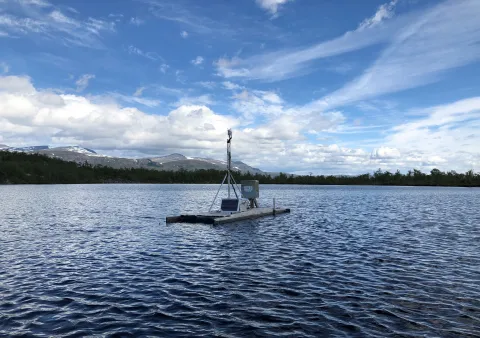
The lake Almbergasjön (Abisko) is part of SITES Water
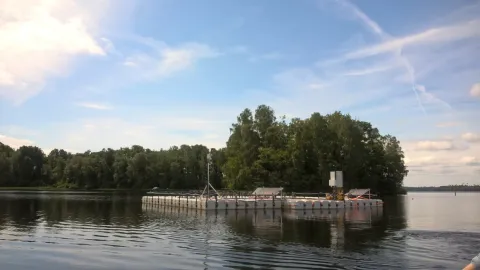
The lake Bolmen is part of SITES AquaNet
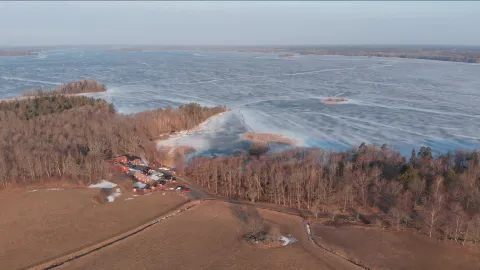
The lake Erken is part of SITES Water and AquaNet
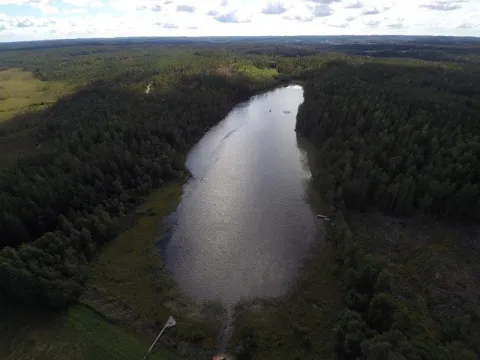
The lake Erssjön (Skogaryd) is part of SITES Water and AquaNet
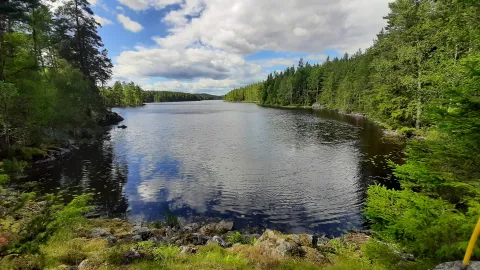
The lake Feresjön (Asa) is part of SITES Water and AquaNet
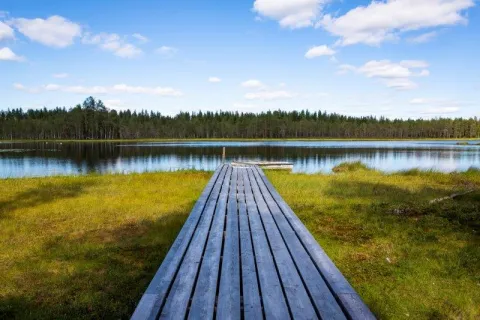
The lake Stortjärn (Svartberget) is part of SITES Water and AquaNet